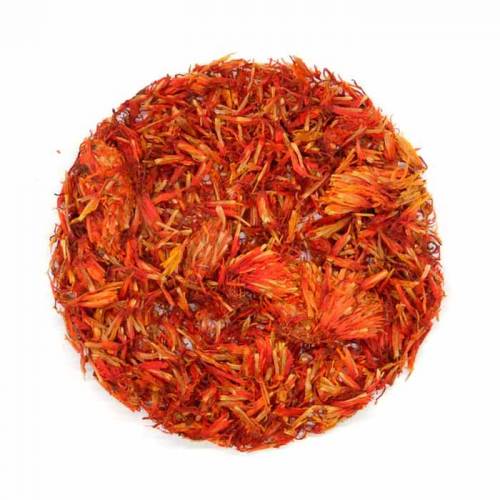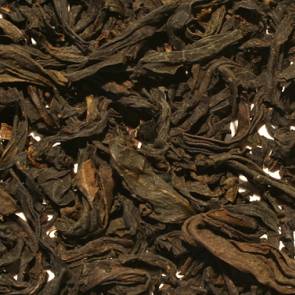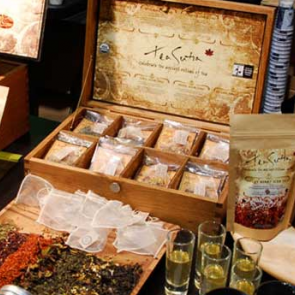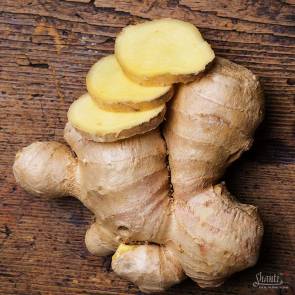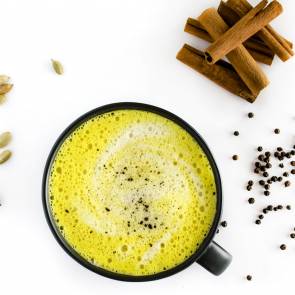Safflower
Safflower is a highly branched, herbaceous, thistle-like annual. It is commercially cultivated for vegetable oil extracted from the seeds. Plants are 30 to 150 cm tall with globular flower heads having yellow, orange, or red flowers. Each branch will usually have from one to five flower heads containing 15 to 20 seeds per head. Safflower is native to arid environments having seasonal rain. It grows a deep taproot which enables it to thrive in such environments.
Safflower has a strong, but pleasant taste. As an herbal tea, it comes with many health benefits. Traditionally believed to offer health benefits such as anti-inflammatory properties and support for heart health.
For thousands of years, safflower was mostly used for its beautifully vivid colour. The bright yellow and red plant was cultivated as a multipurpose dye. Items dyed by the safflower plant were usually items of value, and often used in religious ceremonies.
Today, safflower tea is used as a drink for those who want to relax, enjoy the aroma, and to help improve their overall health.
Ingredients
Safflower threads (Carthamus tinctorius)
Specifications
|
Serving Size: 2.5g /cup |
|
Steeping Temp: 100°C |
|
Steeping Time: 5 mins. |
|
Origin: India |
|
Caffeine: Caffeine Free |

